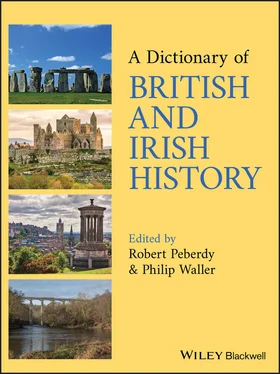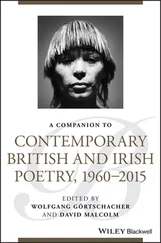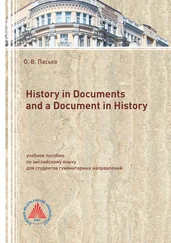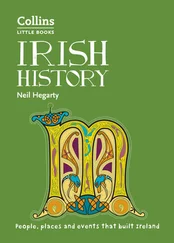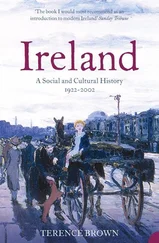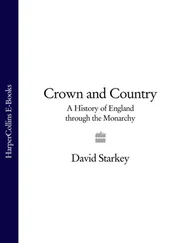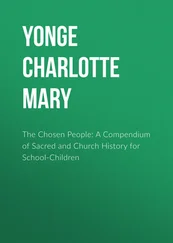Information was spread in TOWNS, possibly by the 12th century, by criers (or bellmen), and shops advertised their presence with signs (e.g., striped pole for a barber). Shop fascias, with lettering, spread from the late 18th century.
Printing extended possibilities. From the mid 17th century NEWSPAPERS carried advertisements, and handbills were produced (e.g., advertising coffee). By the 18th century the term ‘advertisement’ (meaning ‘notification’) was restricted to business announcements. The first ‘advertising agent’, William Taylor, is recorded in 1786 in Maidstone (SE England), and an agency, Reynell & Son, was founded in LONDON in 1812.
In the 19th century the development of mass‐produced branded goods for large markets, resulting partly from the INDUSTRIAL REVOLUTION, required efficient, large‐scale advertising. Manufacturers of patent medicines notably invested heavily (e.g., on posters, newspaper advertisements). From the later 19th century advertisements were painted on buildings, and hoardings (billboards) were used. Agencies became more numerous, producing copy and artwork, and (from 1920s) organizing ‘campaigns’.
Film advertising began in 1897 (with an advert for custard powder), but TELEVISION and RADIO advertising were resisted in the UK until 1955 and 1973 respectively, although commercial radio stations broadcast advertisements from Continental Europe from the 1920s. In the Republic of Ireland, advertising began on radio in 1989, on television in 1998. The Internet became an important medium from the 1990s.
Industry self‐regulation schemes for handling complaints were introduced in the UK in 1962 and in the Republic of Ireland in 1981. Several British agencies were successful internationally from the later 20th century, notably WPP, developed by Sir Martin Sorrell, which in 2000 became the world’s largest advertising company.
ADVOWSON
The right to present a clergyman to a Church benefice (living). It arose from the foundation of local churches by lords (and creation of the PARISH SYSTEM) – in England in the 10th–12th centuries, later elsewhere. Advowsons were often associated with MANORS. As MONASTICISM expanded from the late 11th century, many advowsons were granted to religious houses. They often returned to lay ownership in the 16th century through the DISSOLUTION OF RELIGIOUS HOUSES.
The preference for presbyterianism in the Church of SCOTLAND made private patronage contentious: it was abolished in 1649, restored in 1661, transferred to heritors and elders in 1690, restored in 1712, and abolished in 1874. It was also abolished in the Church of IRELAND from 1871, and in the Church in WALES from 1920.
As a property right, advowsons have been dealt with by royal rather than Church courts. Sale of advowsons in the Church of England was prohibited from 1924.
ÆLFGIFU
(fl. from c .1006; d. after 1037, probably in England). The daughter of an EALDORMAN, Ælfgifu ‘of Northampton' married CNUT (of Denmark) in England probably c .1013–14. She bore two sons, Swein and Harold. After Cnut became king of England (1016), he married again (1017) without repudiating Ælfgifu ( see EMMA).
From 1030 Ælfgifu and Swein lived in Norway (conquered by Cnut in 1028), where Ælfgifu was regent for Swein. They were driven out in 1034. Ælfgifu returned to England and probably helped Harold to become king ( see HAROLD ‘HAREFOOT’).
ÆLFRIC(b. c.950 in England; d. c.1010 at Eynsham, Oxfordshire, England, aged about 60). Educated at WINCHESTER under ÆTHELWOLD, the monk Ælfric absorbed the ideals of the TENTH‐CENTURY REFORMATION. Based at Cerne Abbas monastery (Dorset, from c.987) and then Eynsham (first abbot, from 1005), he was a prolific author and stylish writer of Old English. His works included homilies, saints' lives, translations of scripture, and grammatical works. See also EDUCATION AND LEARNING, ENGLAND BEFORE 1066. ÆLFTHRYTH
(fl. from c .956; d. c .1000 in England). Ælfthryth married EDGAR, king of England, in 964 as second or third wife. She was crowned alongside him in 973. When Edgar died (975), his and Ælfthryth's surviving son, ÆTHELRED, was denied the kingship in favour of his older half‐brother Edward.
In 978 Ælfthryth's retainers murdered Edward, resulting in Æthelred's succession as king. Ælfthryth's culpability is suspected but unproved. She was an important figure at Æthelred's court. See also EDWARD THE MARTYR.
ÆTHELBALD(fl. from c.709; d. 757, at Seckington, Mercia). A member of the royal kindred of MERCIA (C England), Æthelbald lived in exile during the reign of his rival King Ceolred (709–16). Soon after Ceolred's death Æthelbald became king. He expanded Mercian‐controlled territory, taking LONDON and the Middle Saxon province from ESSEX, and absorbing the MAGONSÆTE (by 740). After the abdication of INE of WESSEX (726), Æthelbald became overking in southern England (by 731), even exercising some authority in Wessex. But he was defeated by King Cuthred of Wessex (752), and later murdered by his bodyguard. See also KINGSHIP, ANGLO‐SAXON. ÆTHELBERT(fl. from late 6th century; d. 24 Feb. 616, probably in Kent). Son of Eormenric, king of KENT (SE England), Æthelbert married Bertha, a Christian princess from Francia by 581. He succeeded as king c.590. Æthelbert's marriage enabled AUGUSTINE to undertake his Christian mission to the Anglo‐Saxon kingdoms (597). Æthelbert allowed Christian worship, supported church‐building, and issued the first English law code. He was the first Anglo‐Saxon king to espouse Christianity, and facilitated its spread (to ESSEX, EAST ANGLIA). BEDE claimed that Æthelbert was the third overking of the southern Anglo‐Saxons. See also KINGSHIP, ANGLO‐SAXON; LAW, ENGLAND BEFORE 1066. ÆTHELFLÆD
(b. in 870s in Wessex; d. 12 June 918 at Tamworth, Mercia). The first‐born child of King ALFRED of WESSEX (S England), Æthelflæd married (by 887) Æthelred, ruler (‘EALDORMAN') of western Mercia (W Midlands). After his death (911) she was accepted as his successor and called ‘Lady of the Mercians'.
Æthelflæd constructed BURHS (fortified centres) in western Mercia and collaborated with her brother EDWARD THE ELDER of Wessex in conquering Danish‐held eastern Mercia. She received the submission of Danes at Derby (917) and Leicester (918). See also ENGLAND, FORMATION OF.
ÆTHELING
In Anglo‐Saxon England, term applied to candidates for kingship; OE æthel means ‘noble', ‐ing means ‘originating from' or ‘son of'.
In the 6th–9th centuries an ætheling had to claim descent through a male line from the accepted founder of a royal kindred (in 5th or 6th century). In the 9th–11th centuries ‘ætheling' designated a narrower group of sons or grandsons of a king. The position existed because there was no automatic succession to kingship. (Succession was influenced by kindred members, queens, other nobles and churchmen.)
The last ætheling was Edgar ætheling ( c .1052–1125 or later), grandson of EDMUND IRONSIDE. In 1066, after the deaths of EDWARD THE CONFESSOR and HAROLD II, Edgar was widely considered the legitimate claimant to the English kingship. He submitted to WILLIAM I in Dec. 1066; rebelled 1068–72; resubmitted 1074. His sister MARGARET married MALCOLM III of Scotland. See also KINGSHIP, ANGLO‐SAXON.
ÆTHELRED II, ‘THE UNREADY'
(b. c .967; d. 23 April 1016 at London, England, aged about 49). Æthelred became king of England after the murder of his older half‐brother EDWARD THE MARTYR (18 March 978). From 980 England was raided by VIKINGS (mainly Danes). In 991 a large army was paid to move elsewhere ( see MALDON, BATTLE OF), and Æthelred made a similar payment in 994. Raids nonetheless continued (997–1000, 1001–2, 1003, 1006–7, 1009–12). Æthelred also countered the Viking threat with a marriage alliance with Normandy ( see EMMA).
Читать дальше
